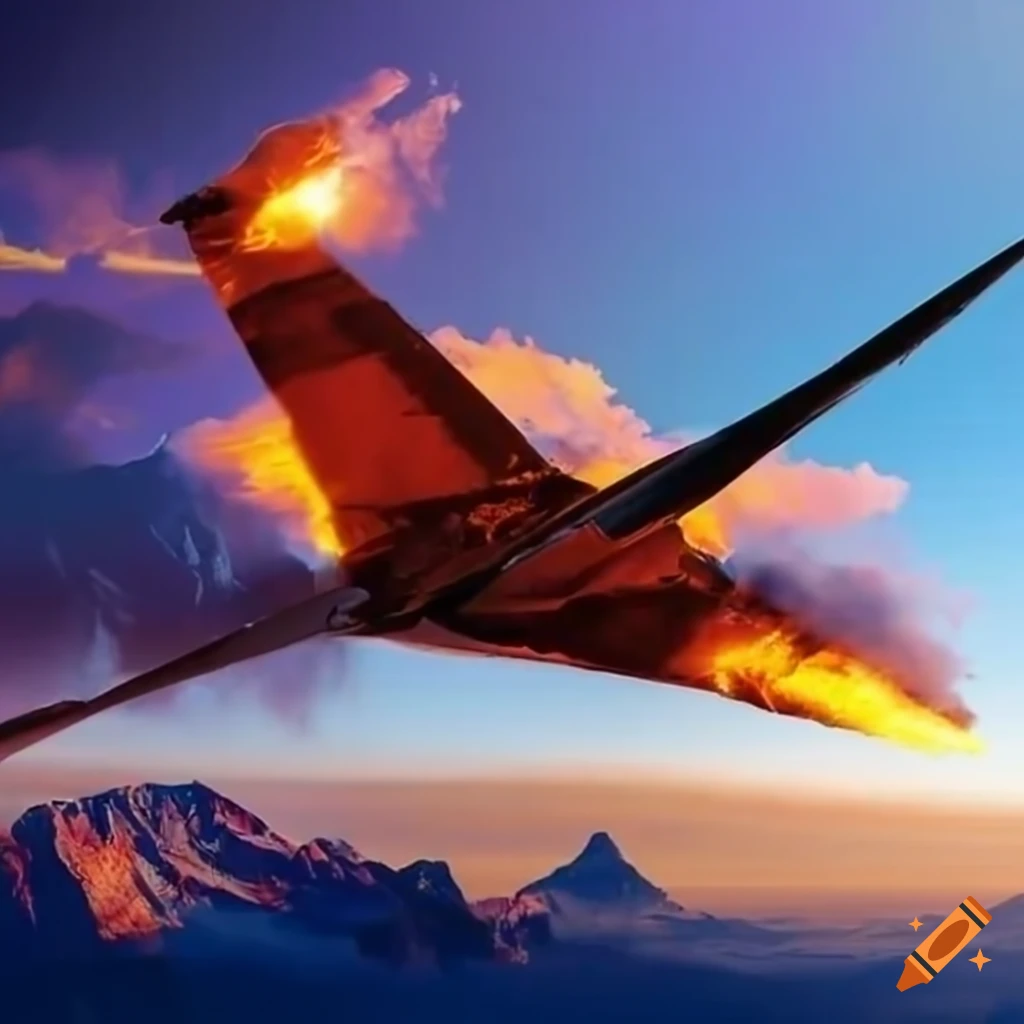
The aviation industry has implemented stringent safety measures to ensure the well-being of everyone onboard.
One of the key factors contributing to the safety of flying is the rigorous maintenance protocols followed by airlines. Aircraft undergo regular inspections and servicing to ensure they are in optimal condition. This includes checking the engines, control systems, and other critical components to detect any potential issues and address them promptly. By adhering to these maintenance procedures, airlines can minimize the risk of mechanical failures during flights.
Furthermore, pilots undergo extensive training and are required to meet stringent licensing requirements. They are trained to handle various situations, including emergencies, and are equipped with the necessary skills to ensure a safe flight. Additionally, they undergo regular proficiency checks to maintain their skills and stay up-to-date with the latest safety procedures and regulations.
Airports also play a crucial role in maintaining safety standards. They have advanced security systems in place to screen passengers and luggage, minimizing potential risks. These security measures help identify any prohibited items or potential threats, ensuring that only authorized individuals and safe items are allowed on board.
Moreover, air traffic control systems contribute significantly to the safety of flying. These systems help monitor and manage aircraft movements, ensuring safe takeoffs, landings, and navigation during flights. Air traffic controllers provide real-time guidance to pilots, helping them maintain a safe distance from other aircraft and navigate through varying weather conditions.
In terms of aircraft design, modern planes are equipped with sophisticated technology and safety features. They have redundant systems in place to handle emergencies, ensuring that even in the event of a failure, there are backup systems to ensure the safety of passengers and crew. Additionally, aircraft undergo regular safety checks to identify and address any potential issues before they become a safety concern.
While no mode of transportation is entirely risk-free, the aviation industry continuously works to improve safety standards through research, innovation, and collaboration among industry stakeholders. Lessons learned from past incidents and accidents are thoroughly analyzed to implement necessary changes and prevent similar occurrences in the future.
Overall, flying remains a remarkably safe way to travel, with a strong focus on preventing accidents and incidents. The constant dedication to safety and the implementation of robust safety measures make flying a preferred choice for millions of people around the world.
---
Note: If the text above is not clear, the reason is probably that ShowMoor has encrypted it.
Press the ShowMoor -button, join the community and you can - in addition to this - enjoy everything the service has to offer - for a small subscription fee.